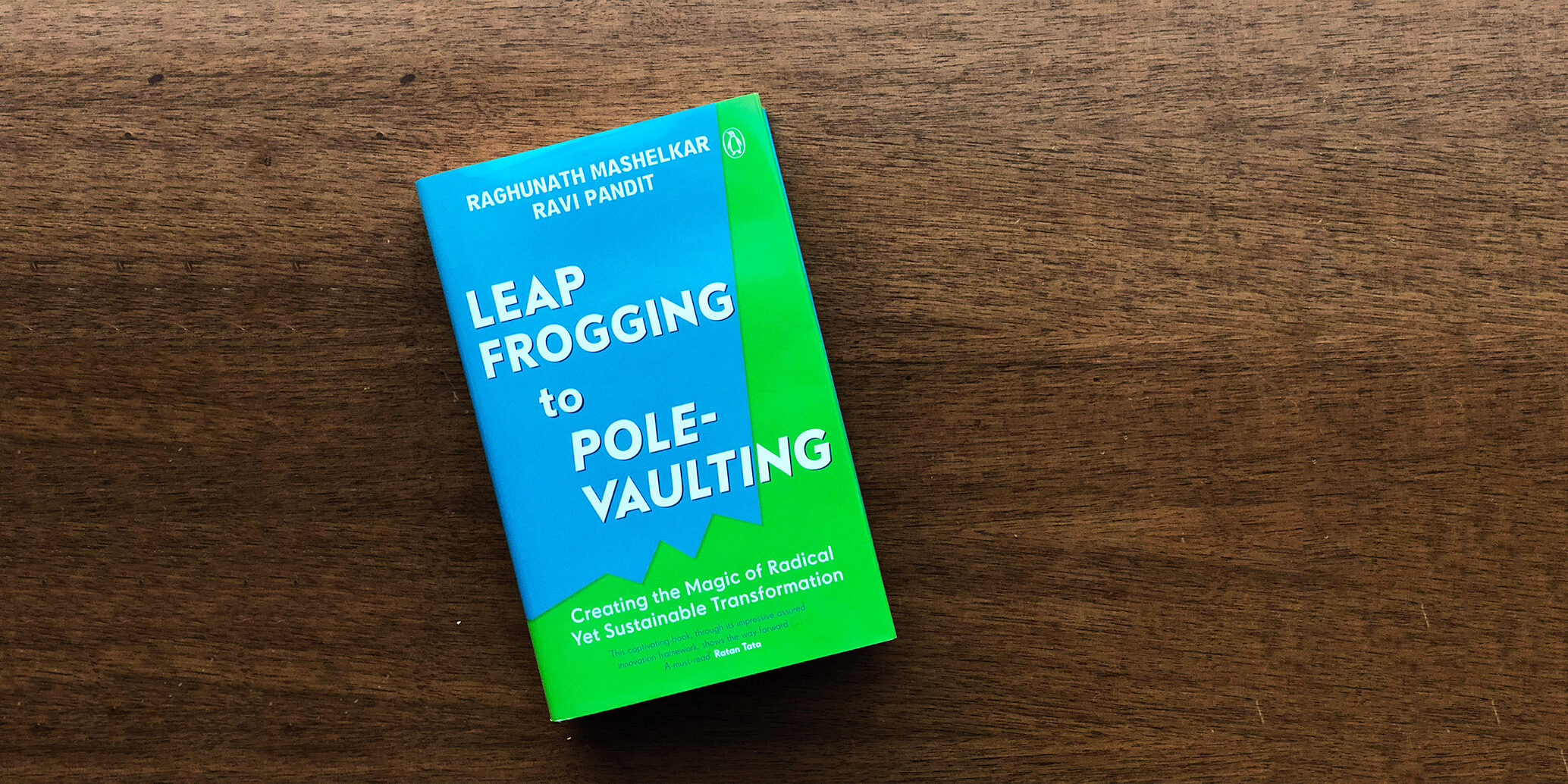Leapfrogging to Pole Vaulting – creating the magic of radical yet sustainable transformation
Authors: Raghunath Mashelkar and Ravi Pandit
Publisher: Penguin Random House India, Price in Hardcover: ₹ 219, Pages: 304
Review by: Prof Raj Kumar Mittal, Member, UGC
The book has analyzed the complex, contradictory and pertinent problems, the world today is facing such as terrorism and violence, growing inequalities, unemployment and environmental degradation. Authors have categorized these issues into three E’s – Energy, Environment and Employment. We use harmful energy, finite in supply and dangerously concentrated in a few hands. On the demand side requirements are shooting up because of the rising standard of living in developing countries. Most energy needs are met through the extraction of fossil fuels resulting in pollution of water and air. Loss to human and aquatic life is massive. We are sitting on a ticking environmental time bomb. Environment therefore is a biggest threat to humanity. As far as employment is concerned, the authors point out that we see the contradiction in the sense that while millions all over the world have lifted themselves above poverty, the other millions in both developed and developing are facing job loss due to automation. They point out that on account of technology, the productivity of capital is rising while that of labor is declining resulting in large-scale unemployment globally. Solutions to these problems authors pointed out should be radical, sustainable and consistent with stakeholders’ interests. The focus should be on meeting the aspirations for a better future, not merely on survival. The latter situation is like the leap of a frog taken in reaction to a perceived threat while the former requires us to pole vault to explore better possibilities, the size of the pole corresponding to the extent of aspirations. This is what the title suggests. The authors suggest a 360-degree view of the problems we face today. As an alternative to fossil fuels, authors explored the possibility of the use of lithium-cobalt batteries in EVs or even the possibility of the use of hydrogen from water as fuel. These radical yet sustainable solutions must work under social, technological, economic and political frameworks conducive to their working. On account of vested interests, solutions become difficult to implement.
The book is well-researched and explores solutions to our complex problems. The examples given to explain the point and make it part of strategy and policy formulation are worth reading. The book presents a good understanding of some complex problems along with innovative solutions.





